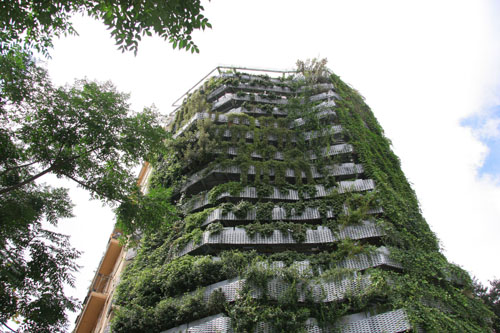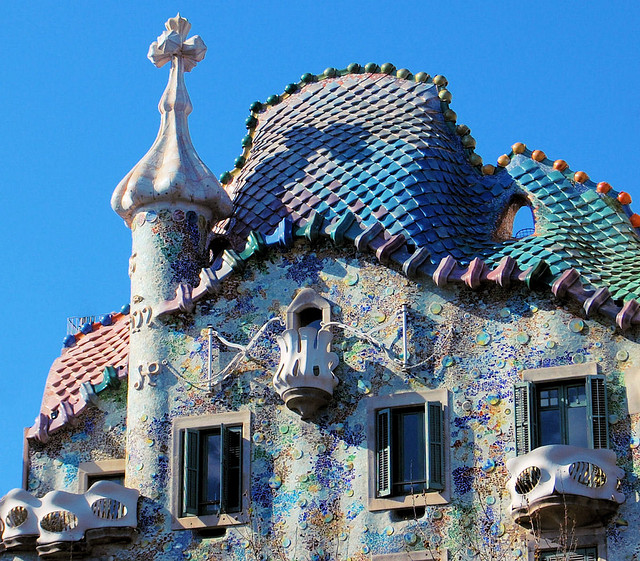iGuzzini Barcelona Corporate Building by Josep Miàs has has got the following prizes: Winner at the A+ Architizer Awards,Winner at the Building of the Year Award by Archdaily, Shortlisted at the WAF World Architecture Awards and Finalist at Work of the Year by Plataforma Arquitectura.
iGuzzini Sky is located at one of the major highway interchanges of the Barcelona area (Catalonia, Spain), in an extremely very fragile landscape. In order to avoid modifying the existing topography, a large part of the building’s programme is underground while the rest, the office building, stands above the ground, suspended in the air. iGuzzini Sky is, at heart, an R&D centre for the development of technical knowledge and expertise in lighting systems, the facilities for which are located both inside and outside the building. Most of the programme is housed in the huge underground container—built with concrete walls and screens, and barely disturbing the natural lay of the site—volume it shares with spaces for stock and distribution, product management, a showroom and a garage. Of these only the stockroom requires natural light, and thus is equipped with some skylights in a roof that also serves as a showroom for outdoor lighting systems.

...continue reading "iGuzzini Illuminazione Ibérica Headquarters in Barcelona, Spain"



